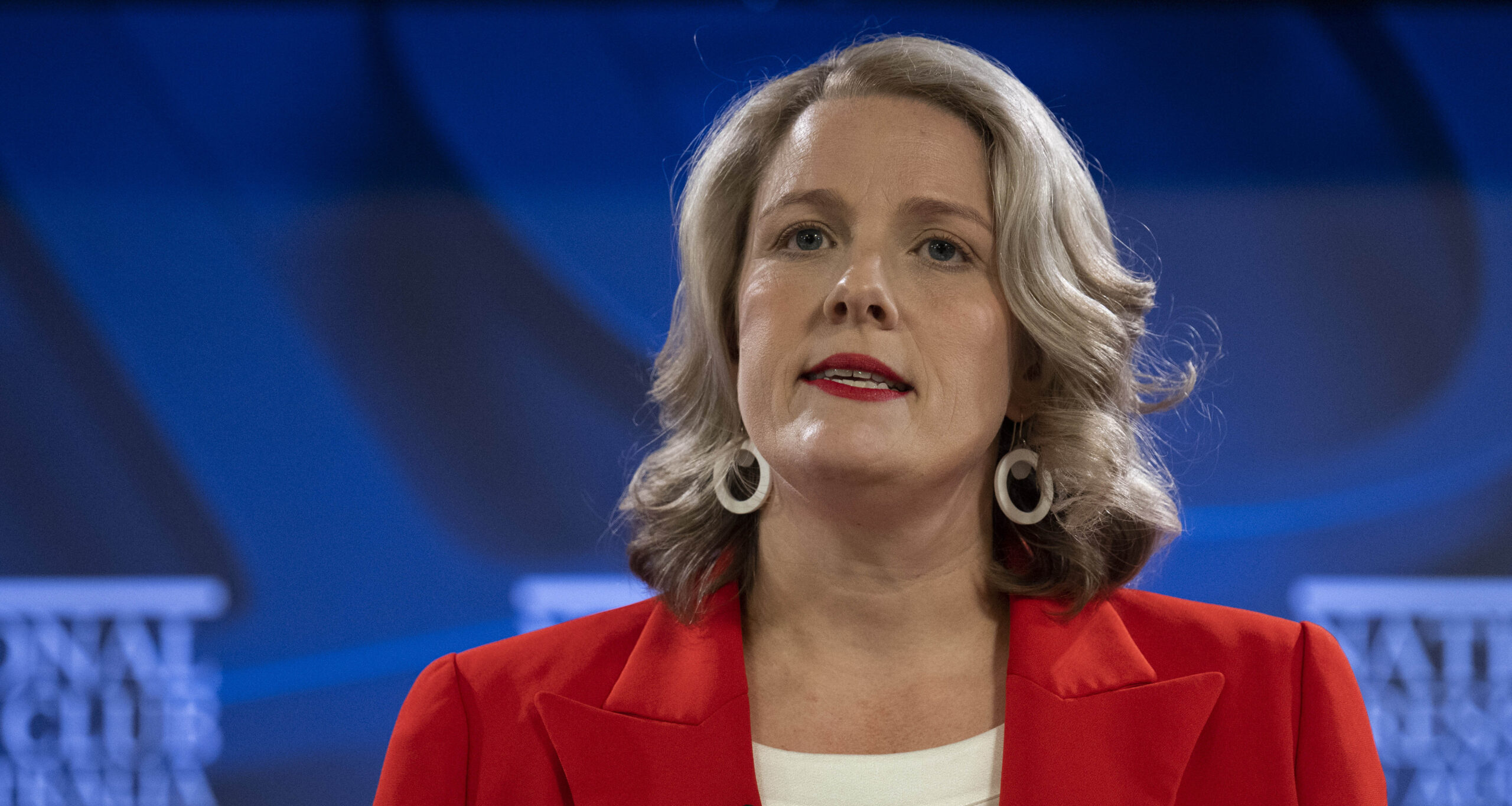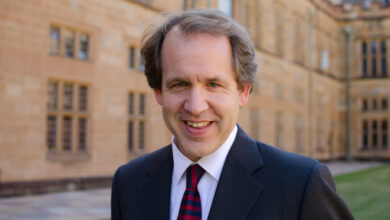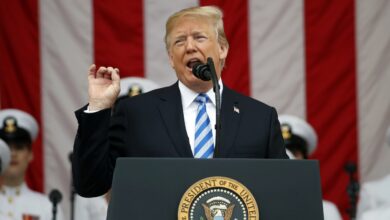International EducationTop Stories
International student visa fees hiked 125% to pay for HECS and paid prac reforms

As of midnight Sunday, the Australian government increased the amount international students have to pay to apply for a student visa from $710 to $1600, a 125 per cent increase, without warning.
Please login below to view content or subscribe now.





